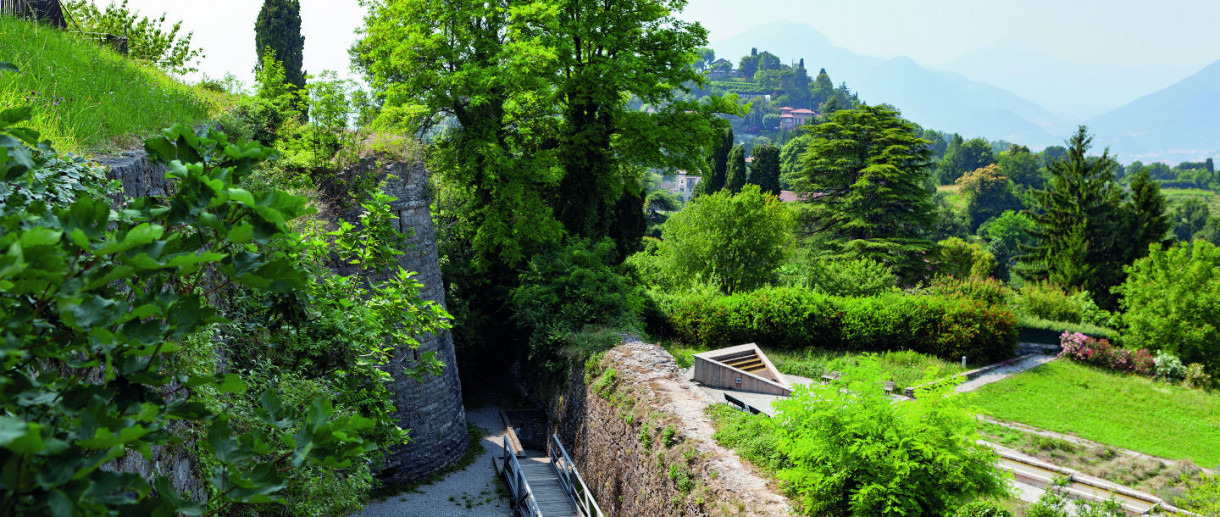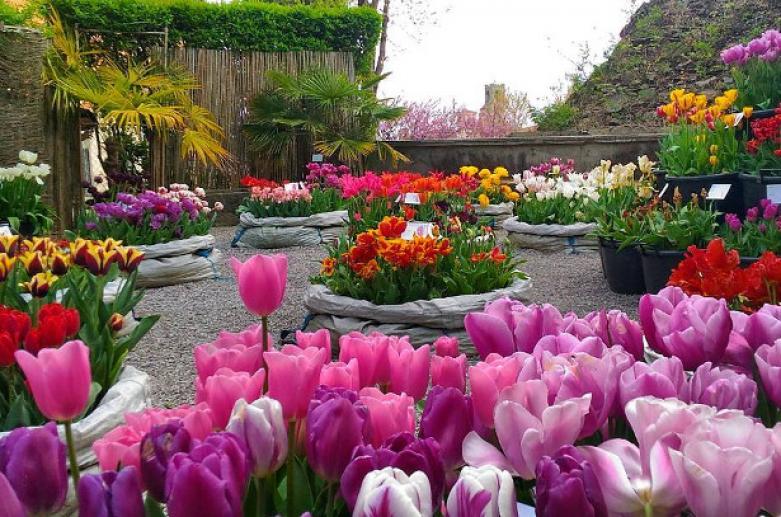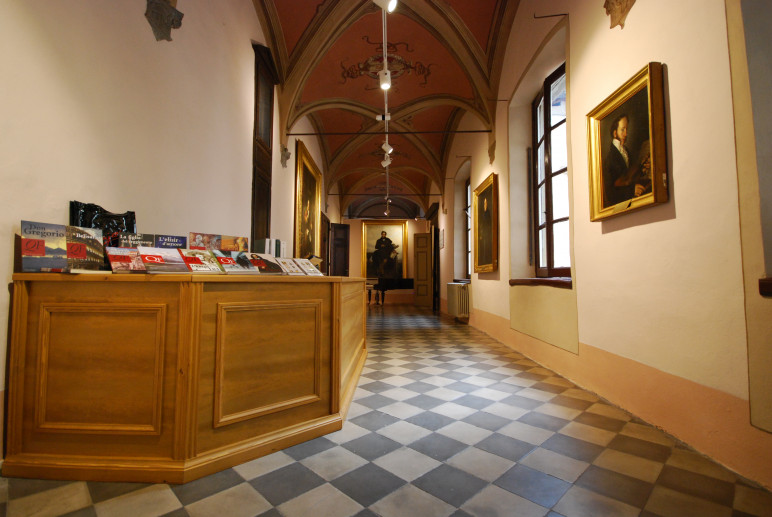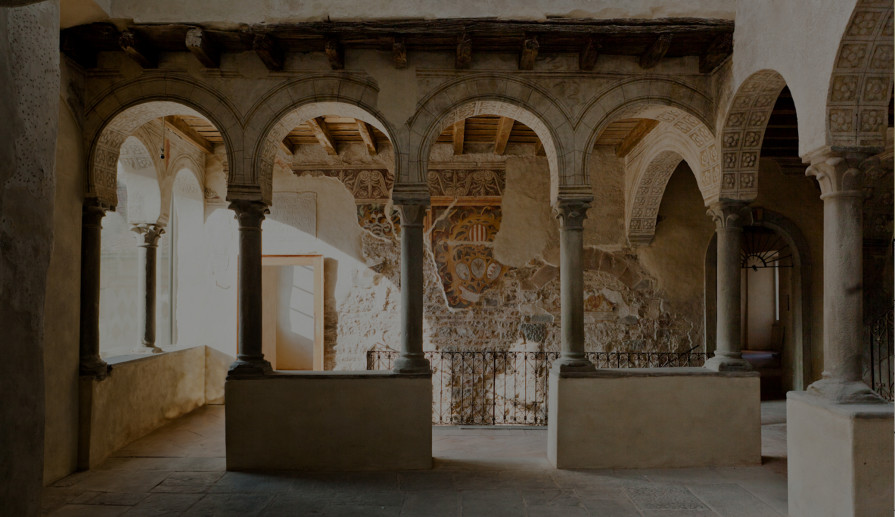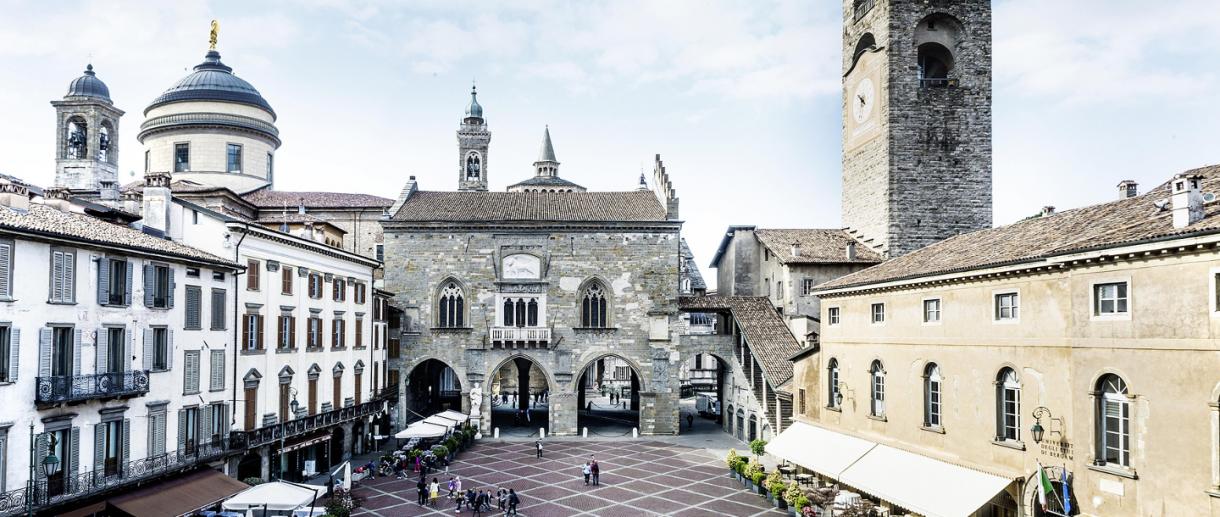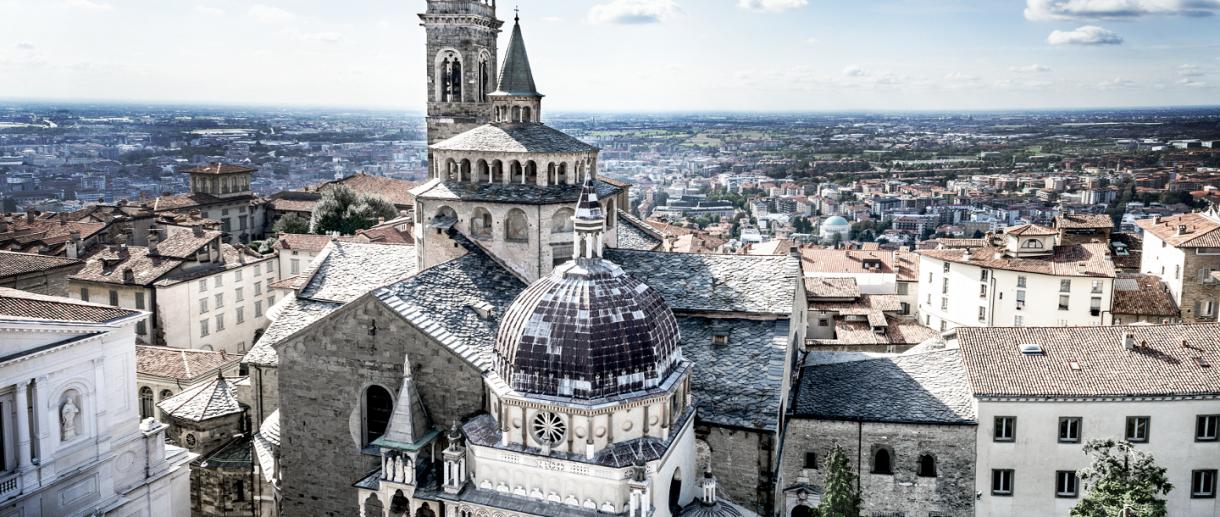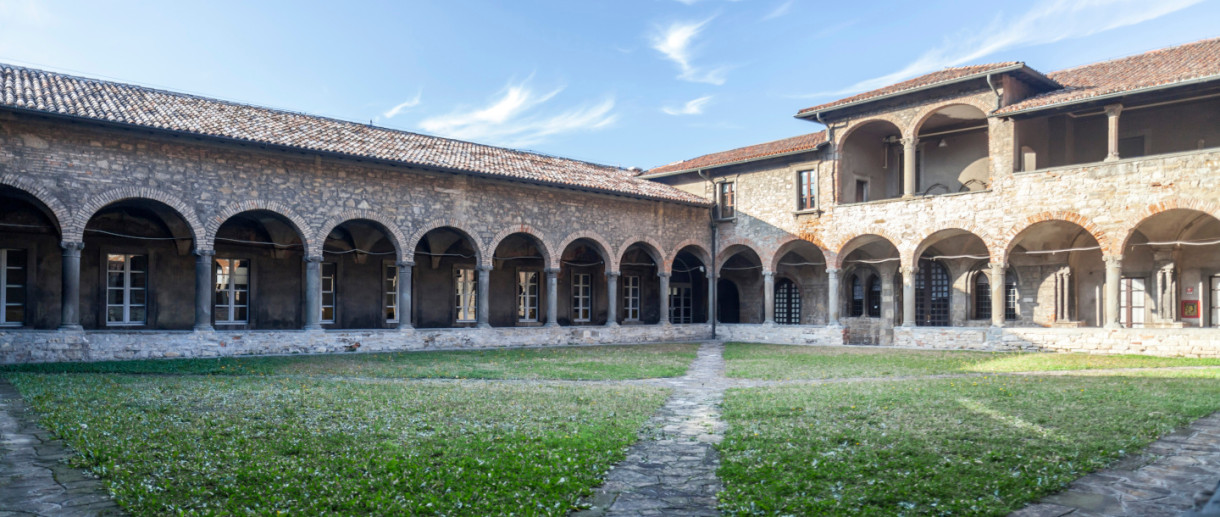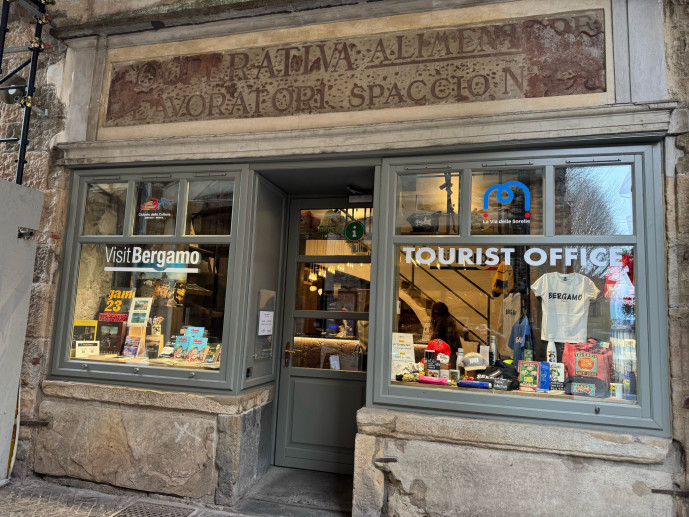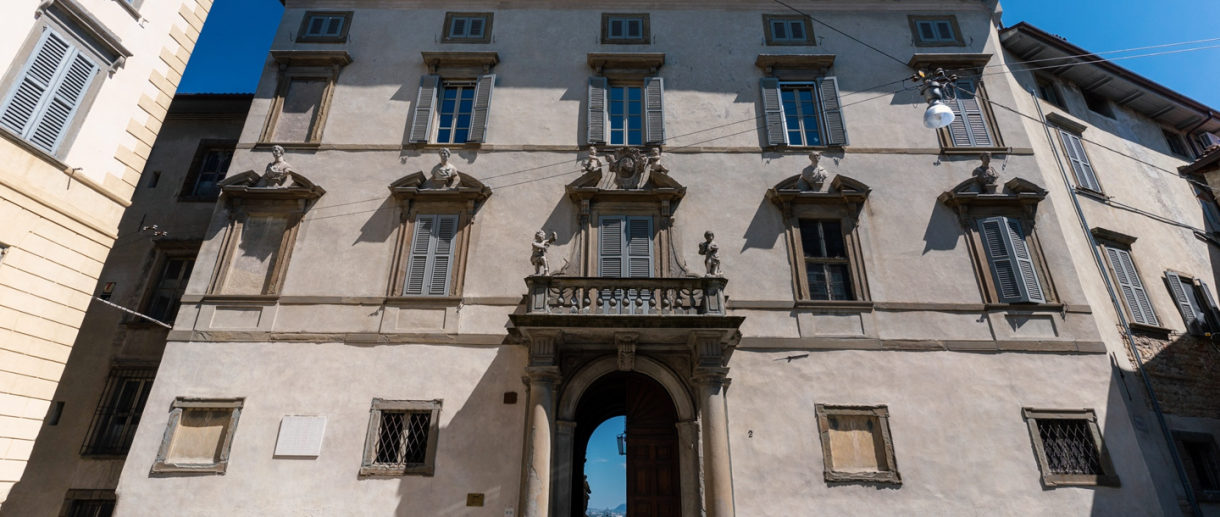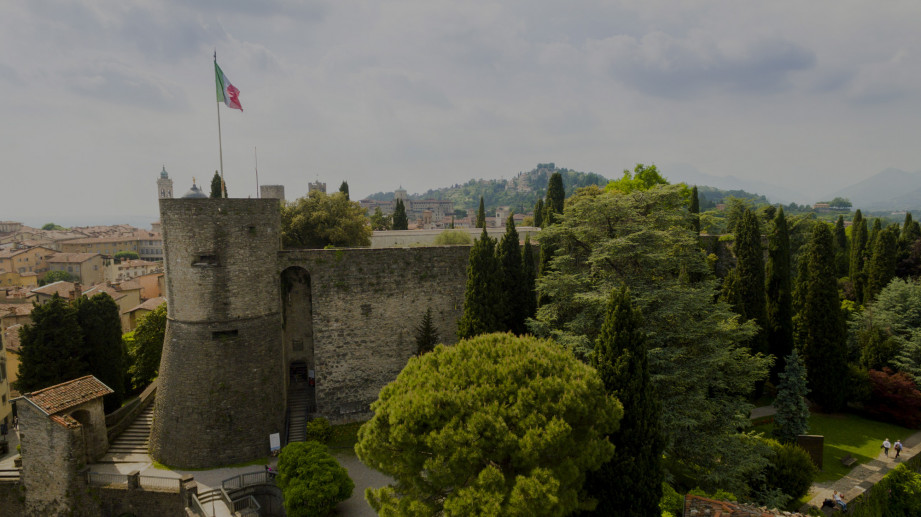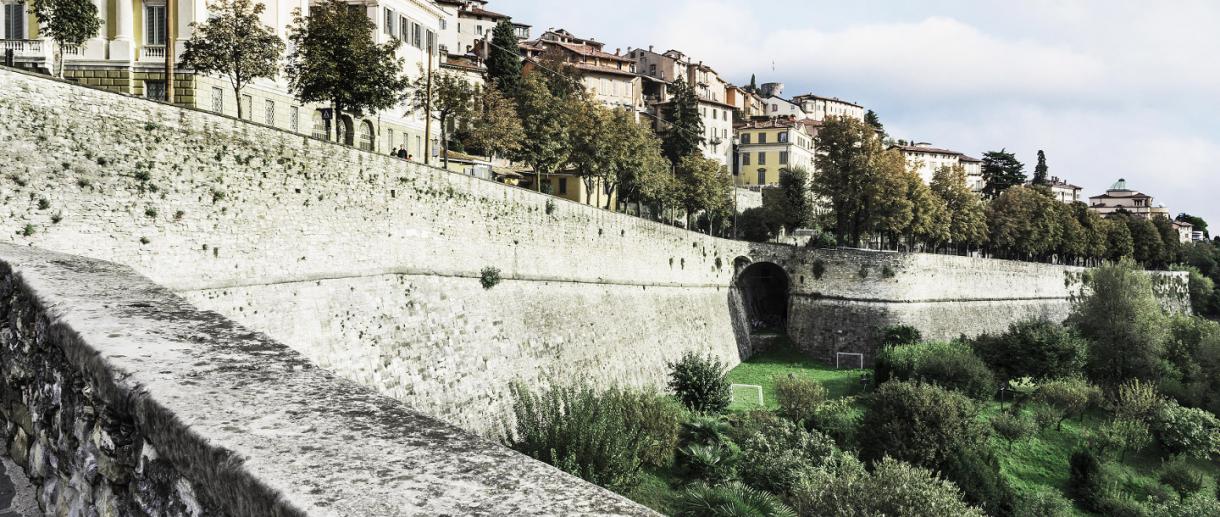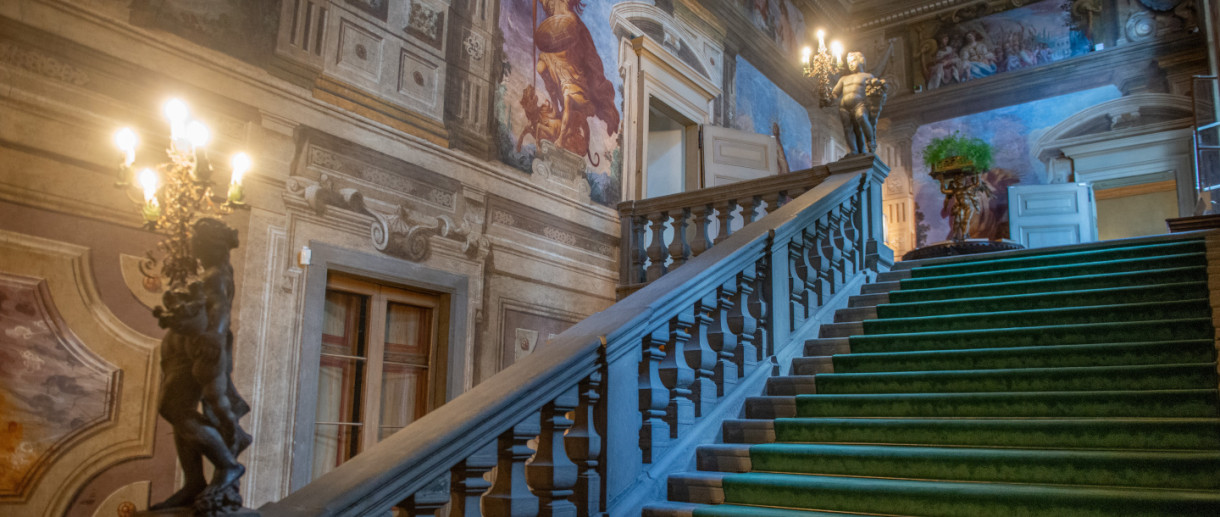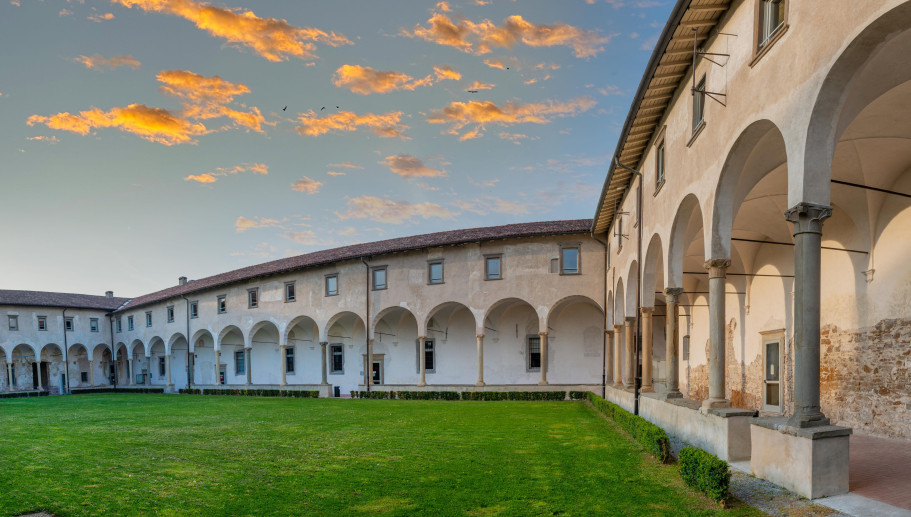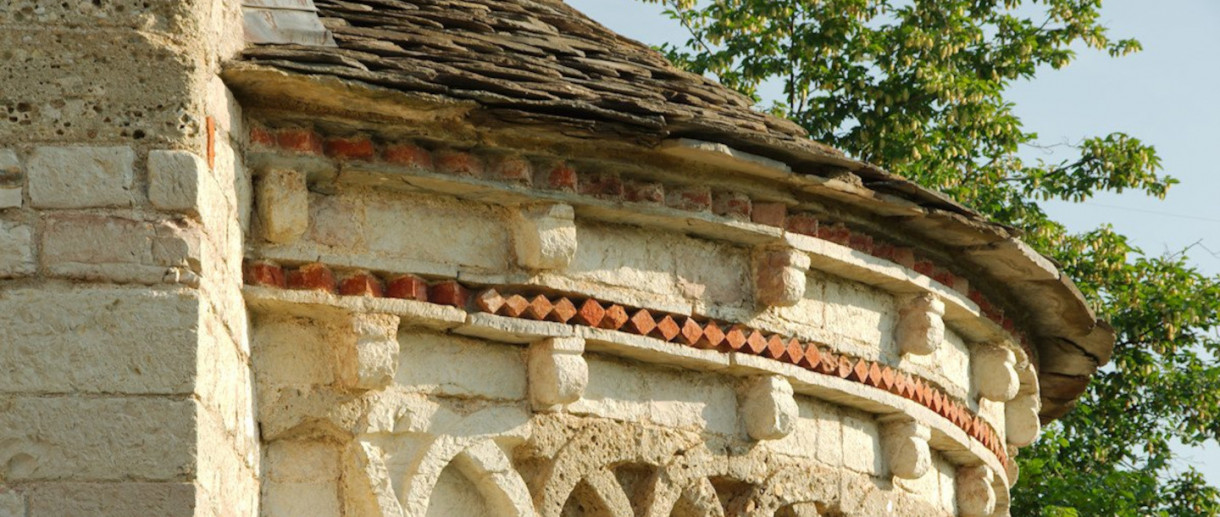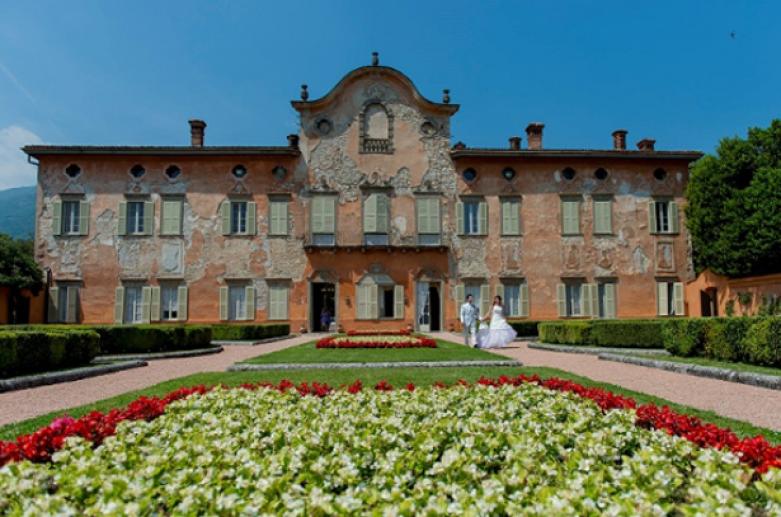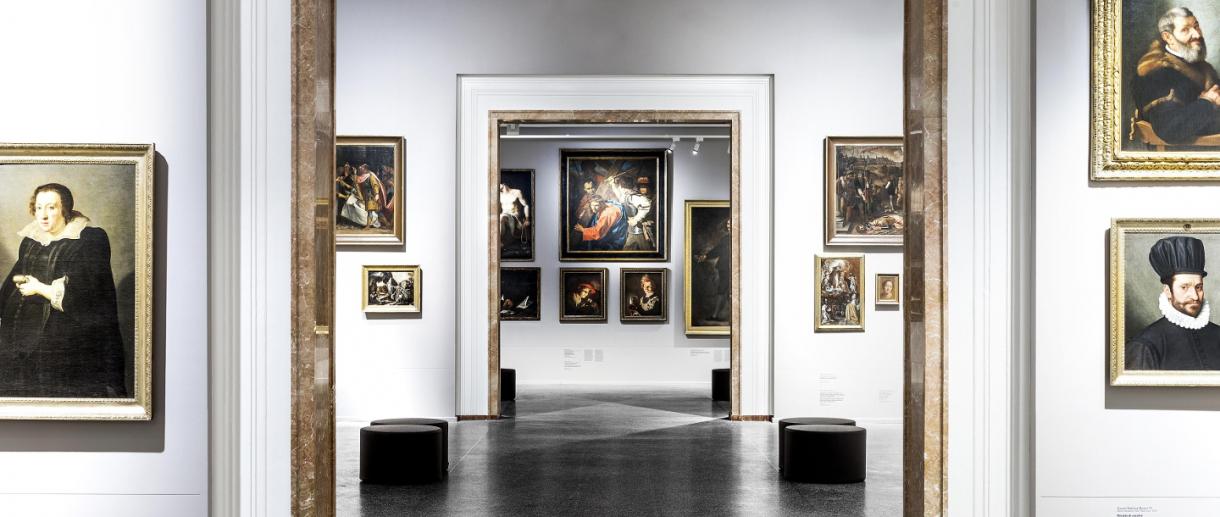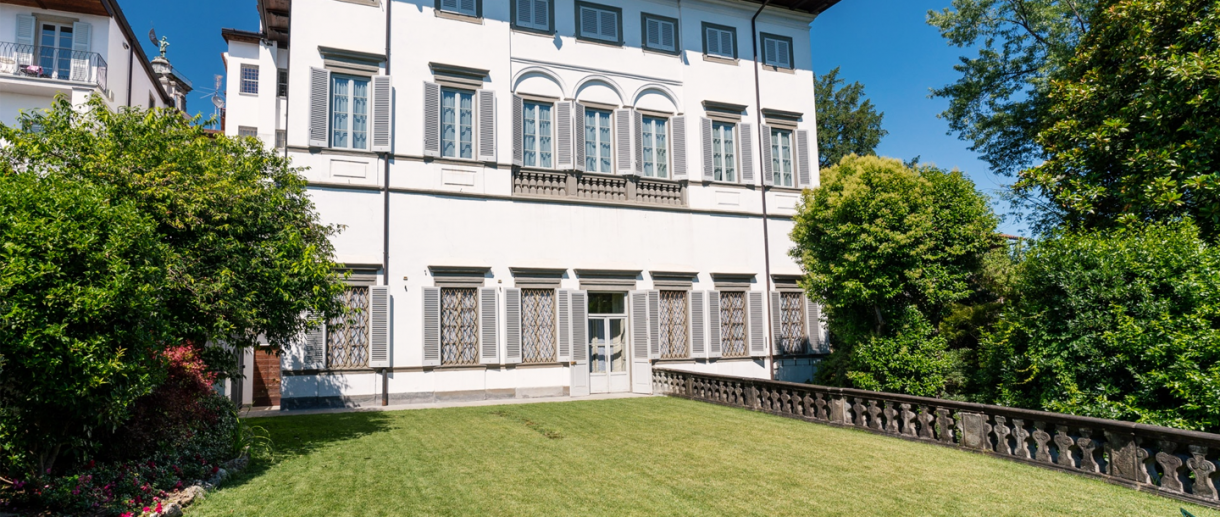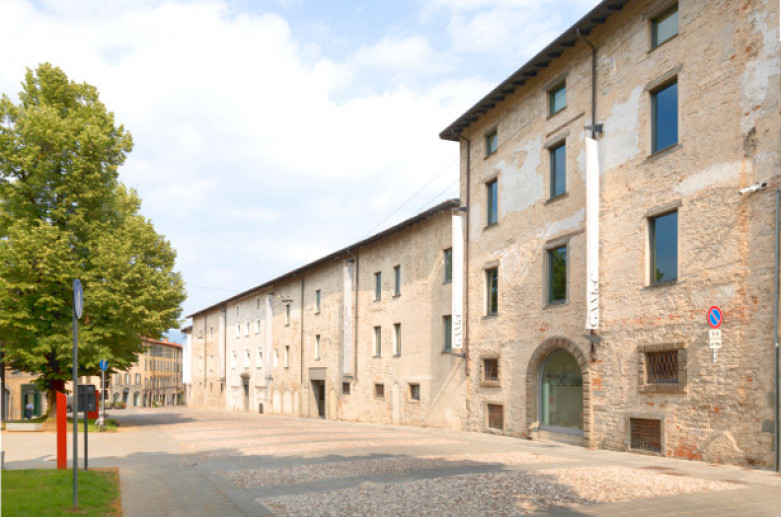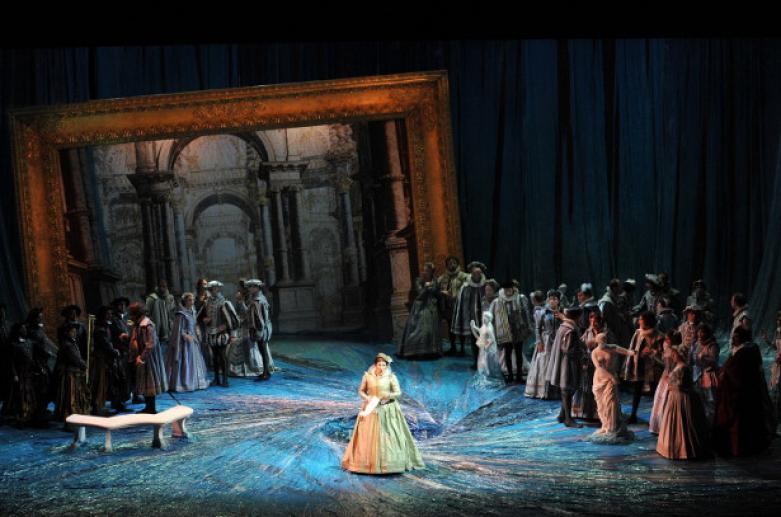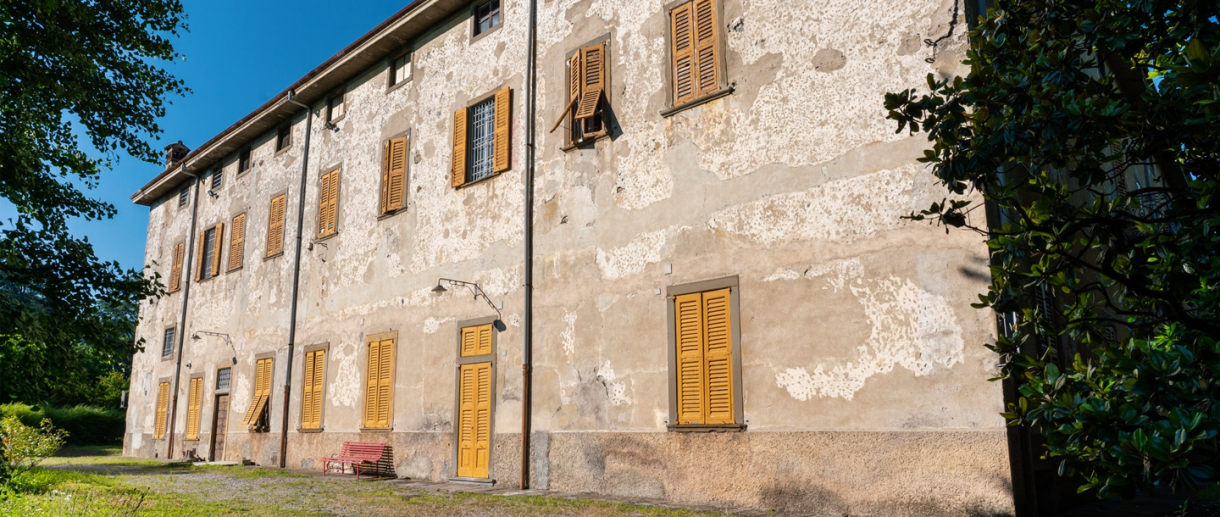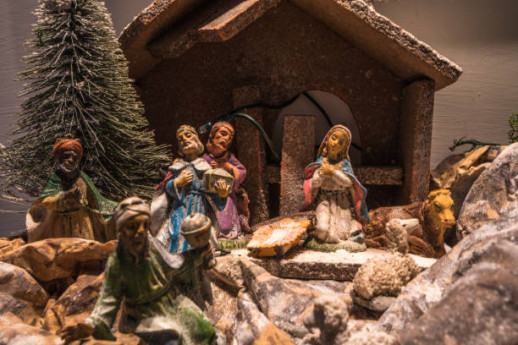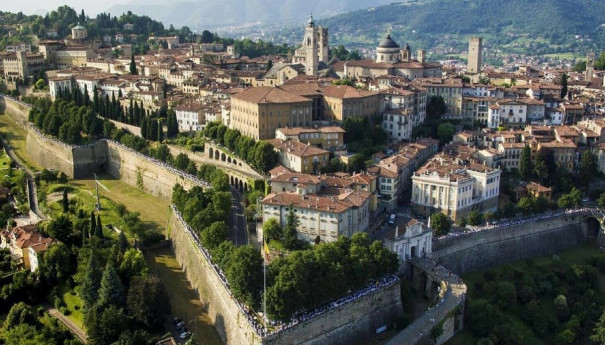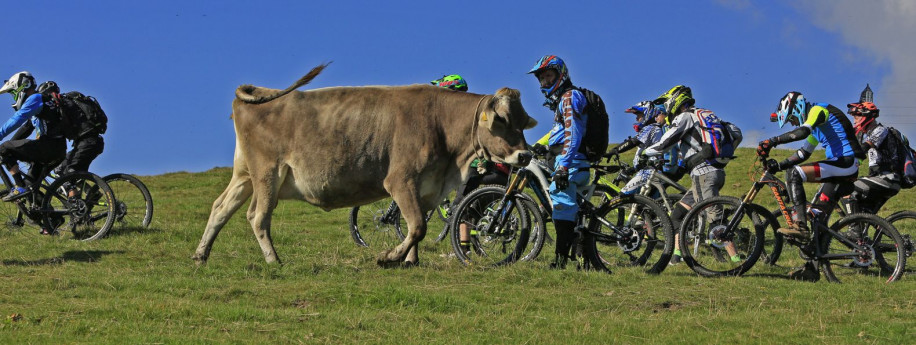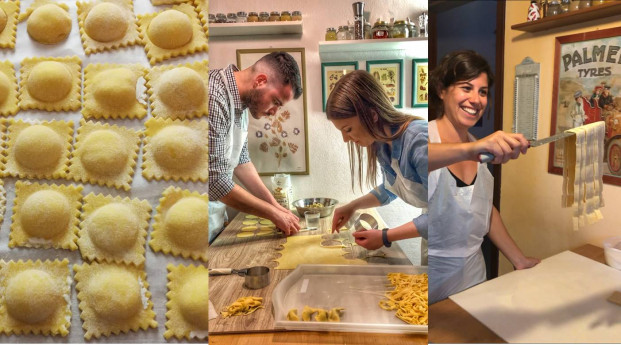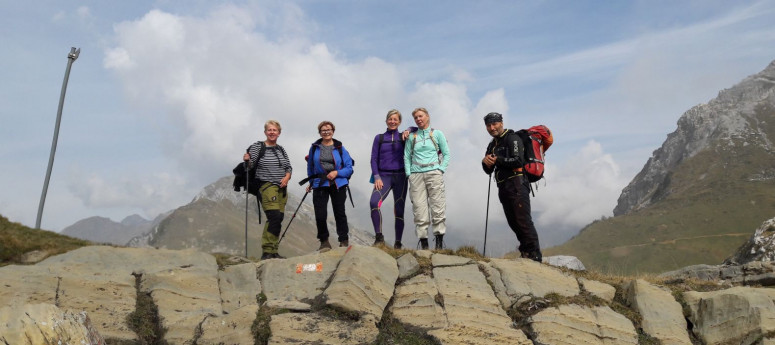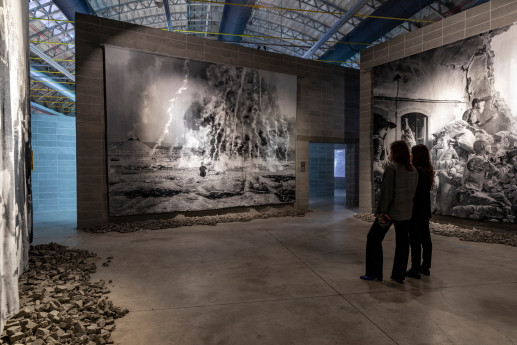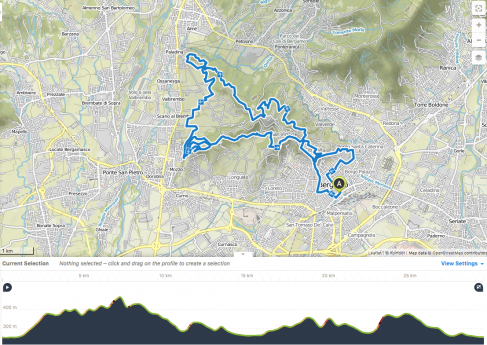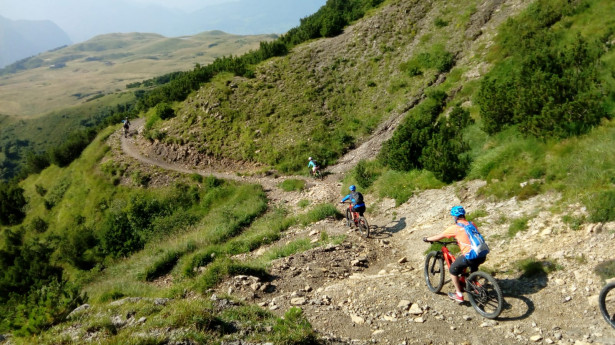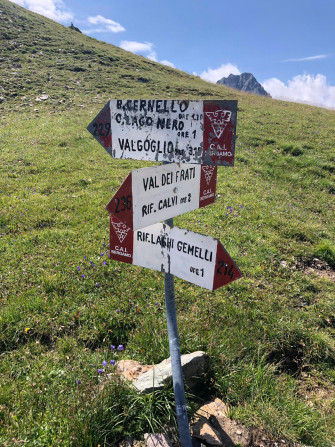- Religious Tourism
- Art & Culture
Monastery of Astino
We are talking about the Astino Monastery, a gem that is finally shining again, after being left in ruins for more than a century. This perfect out-of-town destination will take you back in time.
Built around the 12th century, it was managed for a very long time by the Comunità dei Monaci Vallombrosani, highly regarded by the locals.
The real strength of this religious complex, which includes the Monastery and the Church of S. Sepolcro, are the lands in the Astino Valley, which allowed the monks to survive the harder times and overcome the plague epidemic.
Over the centuries, the Monastery expanded to control 2600 hectares of land, in the lower Bergamo Area, Isola, Brembana Valley and Imagna Valley.
Apart from farming, the monks survived on animal husbandry, wine making and iron, copper and silver extraction from local quarries.
During the 14th century, the monastery started to wane off, due to the pressure by the Venetian Republic, which in 1797 caused it to close permanently.
The complex would be reopened only two centuries later, as a psychiatric ward, under management of the Maggiore Hospital.
However, the true rebirth of the Austino Monastery occurred a few years ago, in 2007, when Fondazione MIA decided to purchase the complex, return it to its former glory and open it to the public.
Valle della Biodiversità
The Astino Monastery, open on Saturday and Sunday for visits, is not just a precious memory of local monastic history, it is also a place where art and spirituality meet nature. Indeed, it is surrounded by the Astino Valley - or Valle della Biodiversità - a 58-hectare farming and botanical oasis, with picture-perfect crops and over 300 varieties of plant species for food and healing purpose.
Managed by Bergamo Botanical Gardens, following a major enhancement and redevelopment project carried out during the Expo 2015, the Valley obtained in 2021 the European Landscape Award, given by the European Council to those enterprises active in landscape protection.
A protected ecosystem, and also a great ‘secret’ garden designed for the community, to take strolls in and admire the wealth of biodiversity all around, just next to the artistic cloisters and the thousands-year-old history of Astino and its monks.
